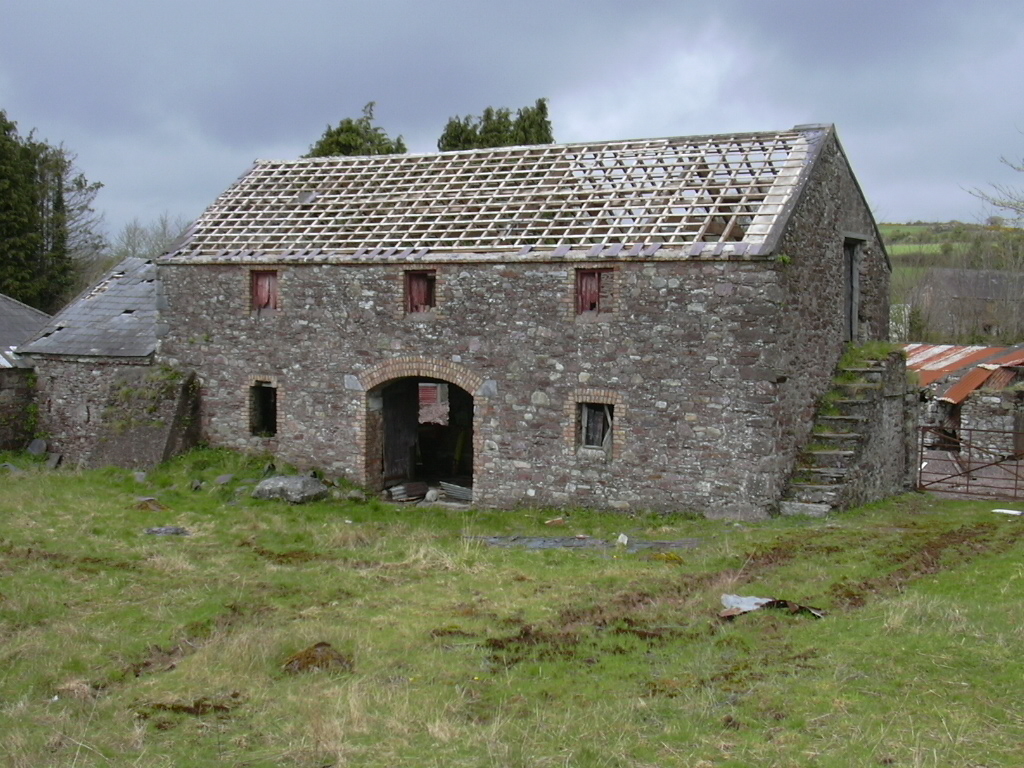
Before beginning, it should be made clear that Rubicon has not conducted market research to identify our target demographic, or polled 100 people in the street to gauge public opinion. However, it is probably true that if asked, most members of the public would say archaeology 1) requires digging things up and 2) involves sexy, intelligent and daring people getting muddy*. As correct as these imaginary folk may be, significant exceptions exist and it is to these variations we wish to draw your attention today.
Many aspects of archaeology are undertaken without digging at all – todays example is the discipline of Historic Building Record and survey.
When a proposed development or project threatens a standing Historic Building, the planning authority will impose a condition to record the nature, extent, condition and fabric of the structure prior to works commencing. There would also follow additional conditions relating to how the work may be carried out, perhaps specifying what materials and techniques should be employed to ensure the preservation of the character and form of the building and its wider setting.

Rubicon has an established history of its own when dealing with building surveys, using three-dimensional mapping hardware, rectified photography and highly skilled specialists in buildings archaeology. The record produced usually comprises a written report, conforming to standardized technical language and architectural terms and illustrated with a comprehensive series of plans and elevation drawings, photographs highlighting specific details of the building’s state at the time of survey and extracts from historic maps showing the development of the structure over time (if such archive evidence exists). Depending on the status of the building in question, other documentary sources may be available for consultation and inclusion in the report.

Rubicon has undertaken surveys on all sorts of buildings, from small 19th century rural vernacular cottages to portions of Waterford City’s fortified walls. Despite surviving above ground, Historic Buildings share important characteristics with the other archaeology we study and record: each one is unique and once lost they cannot be brought back. The responsibility to efficiently and dutifully record and preserve as much as possible of the national heritage, without unduly hindering the necessary processes of change and development, is one we do not take lightly.
* note ‘probably’.